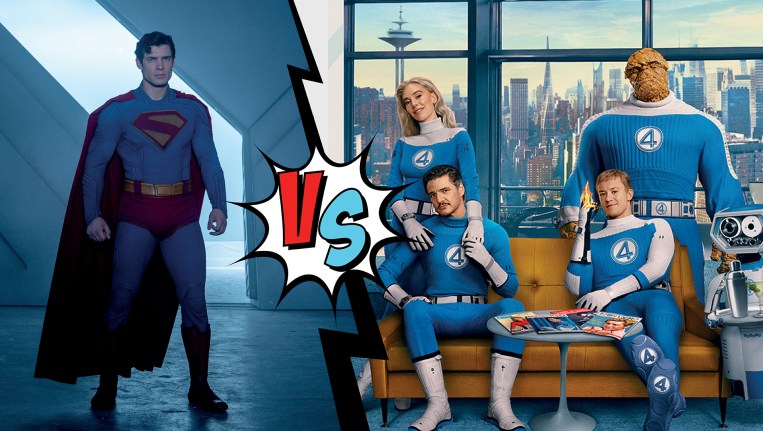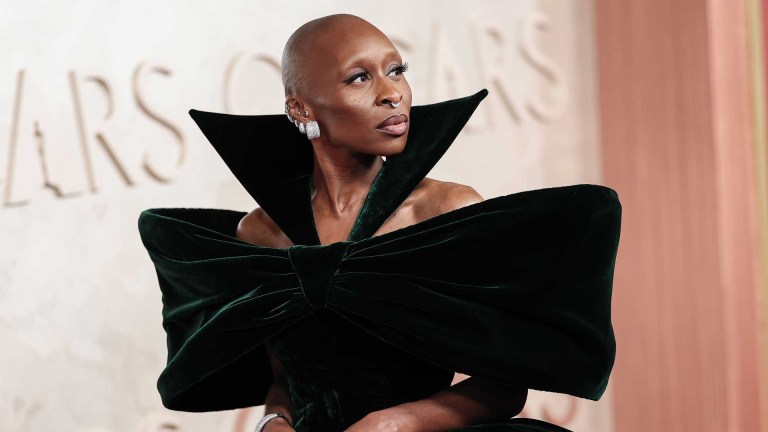When multiple sexual misconduct allegations hit the actor Kevin Spacey, director Ridley Scott decided to replace him in the almost-completed film All The Money In The World. This required not only another actor – Christopher Plummer – to step into Spacey’s role, but co-stars to show up for reshoots, which they duly did. One was Mark Wahlberg, whose violent early life comprised a charge of attempted murder (he pleaded guilty to assault, and ultimately served 45 days of a two-year sentence).
Wahlberg has been through due process for his offences and expressed great contrition, but the clash in attitudes to his crimes and Spacey’s misdemeanours is still an interesting one. A moral panic emphasises one form of human wickedness to the exclusion of others. Currently, misconduct of a sexual nature – or even a rumour thereof – deems a person unworthy of employment or public acclaim; other forms of unpleasantness do not.
Fair enough, you might say; these behaviours are not just one-on-one incidents, but symptoms of a deep societal malaise that must be stamped out without pity. To invoke the idea of moral panic isn’t to contradict that, nor to dismiss the validity of many of the allegations being made.
But if artists are to be assessed on their moral character, and their art accepted or rejected accordingly, where are lines to be drawn? “If you laugh at Louis CK now, you’re accepting his worldview,” scolded a Guardian writer when the comedian’s grubby secrets came to light. Is that what we do when we enjoy someone’s artistic output – take on, wholesale, his or her worldview? It’s a conflation with alarming implications, suggesting as it does that consumers of art must inventory the private life and actions of the creator, then becoming complicit in whatever they choose to overlook or accept.
The art itself, meanwhile, is characterised as a Trojan horse for bad ideas. The power of Woody Allen’s films, Richard Brody wrote recently in The New Yorker, is “inseparable” from the accusations that have been made against their director, because “the world that he depicts… is one in which the powerful abuse their power to prey upon the vulnerable”.











